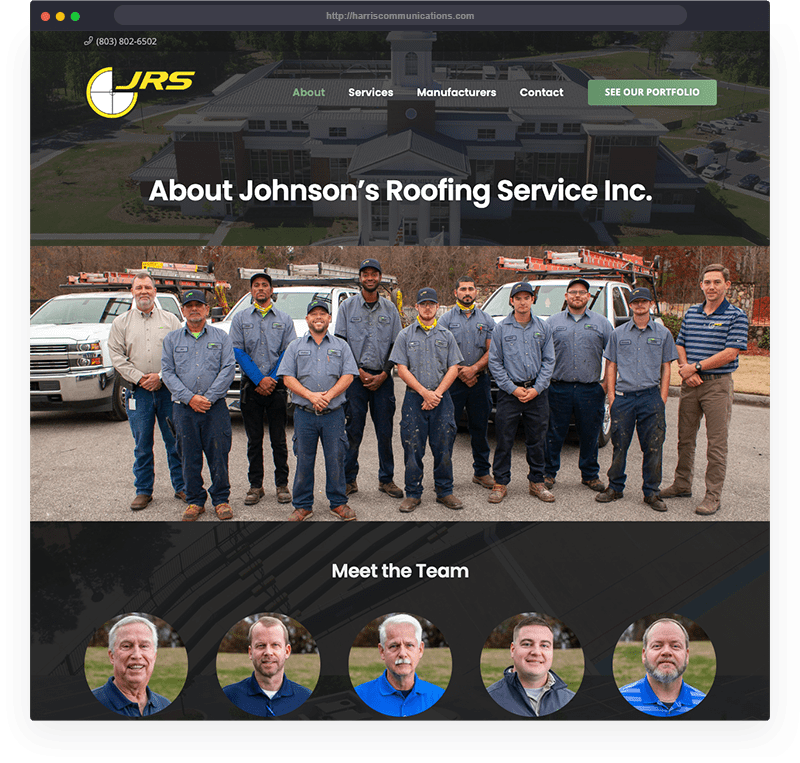
Writing a compelling B2B case study is an excellent way to demonstrate your business’s expertise, showcase successful client relationships, and attract new customers. Not to mention their value for analyzing and evaluating your own past work. A well-crafted case study can highlight your product’s or service’s tangible benefits, backed by real-world examples. Here’s a guide on how to write an effective B2B case study.
1. Identify the Purpose and Audience
Before you start, clearly define the purpose of your case study and identify your target audience. Are you trying to demonstrate the effectiveness of a specific product or service? Are you targeting potential clients in a particular industry? Understanding the purpose and audience will help you tailor the case study to address their specific needs and interests.
2. Select the Right Client
Choose a client who has had a particularly successful experience with your product or service. You want to show off the benefits of choosing your business over the competition, Be sure to choose a client you have a good relationship with to ensure they will be cooperative in providing any information you need for the case study.
3. Structure the Case Study
Readers need to understand the layout of the case study in order for it to help them make a decision on hiring your business. A well-structured case study typically includes a logical combination of the following sections:
- Executive Summary: Provide a brief overview of the case study, summarizing the client’s problem, the solution provided, and the results achieved. This section should be concise and engaging, encouraging readers to continue.
- Introduction: Introduce the client, giving some background information about their company, industry, and the context of their challenges.
- The Challenge: Describe the specific problem or pain points the client faced. Use data and specifics to convey the severity and impact of the issue.
- The Solution: Detail how your product or service was implemented to address the client’s challenges. Highlight the key features and benefits that were most impactful. Include any unique strategies or approaches used in the process.
- The Results: Present the outcomes achieved after the solution was implemented. Use quantifiable data to demonstrate the success of your solution. Include graphs, charts, or images to visually represent the results.
- Conclusion: Summarize the key takeaways from the case study, reiterating the positive impact of your solution. Encourage potential clients to contact you for more information or to discuss their needs.
- Client Testimonial: Feature a direct quote from your client that reinforces their satisfaction and the benefits they experienced.

4. Use Visuals and Data
Enhance your case study with visuals such as photos, data charts, or videos. Visuals help break up the text, making the case study more engaging and easier to digest. They also provide a clear and compelling way to present data and results. For example, a roofing company should show photos of roofs they installed to illustrate what a fantastic job they did.
5. Write Simply And Remember to Proofread
Use clear and concise language to convey your message. Avoid jargon or overly technical terms that might confuse readers. Focus on delivering a narrative that is easy to follow for the layperson and highlights the most important points. of the project. Once it’s written, carefully edit and proofread your case study to ensure it is free of errors and flows smoothly. Even the best example of your work could look rough if it is described with typos.
6. Promote Your Case Study
Once your case study is complete, promote it through various channels such as your website, social media, email newsletters, and sales presentations. Make it easily accessible to potential clients who are looking for real-world examples of your success.
Writing a B2B case study requires careful planning, detailed research, and clear communication. By following these steps, you can create a compelling case study that showcases your expertise, builds trust with potential clients, and drives business growth. Check out our case studies to see a few examples of this type of content, and contact us today if you would like content marketing assistance!